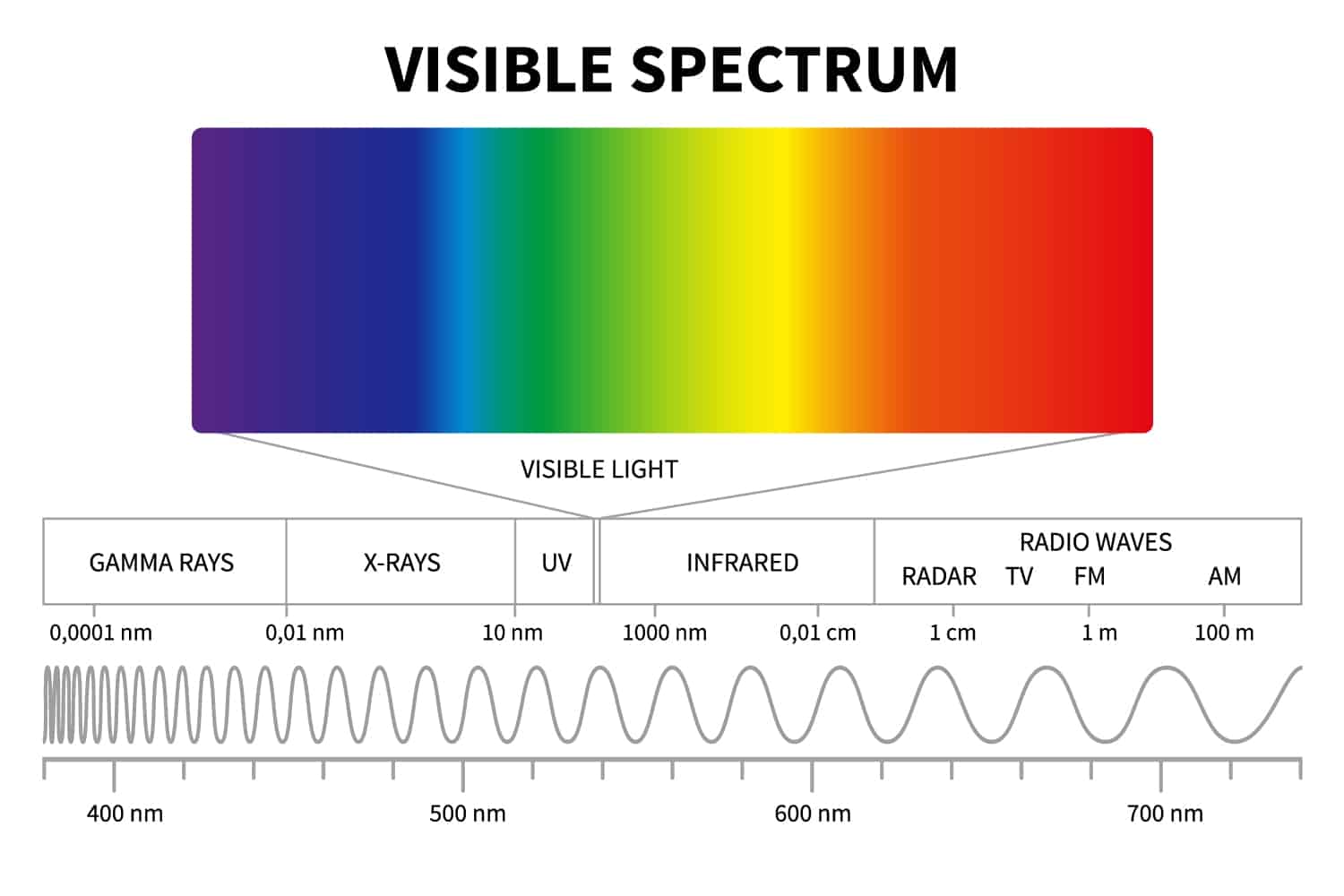
Understanding solar control window film is a primary concern for our San Francisco Bay Area customers. It’s one of the main reasons our customers decide to add window film to their homes or businesses. Whether for glare reduction, UV blocking, or temperature control, we think this is a great reason to choose window film. Many window films are designed to block or help control how sunshine passes through a window. But to understand how window film does this, it helps to understand how we receive solar energy. We also need to understand what window film can do to help.
Why? Because the sun’s rays come in different wavelengths. Knowing more about sunlight can help you determine which window film is right for you.

The Sun’s Energy Comes in Varied Wavelengths
The sun’s energy travels millions of miles as electromagnetic waves of various wavelengths. These different solar wavelengths hit the earth with different effects and strengths based on the spacing between waves. The energy contained in these wavelengths is determined by how much energy is absorbed or deflected by our atmosphere. The various solar wavelengths are:
- Ultraviolet (UV) Radiation —The shortest of the sun’s wavelengths, much of this UV energy is blocked by our atmosphere
- Visible Light—is comprised of the middle wavelengths and comes with the most solar energy.
- Infrared—has the longest wavelengths, as well as the broadest range of spacing distances between its waves.
Remember, these wavelengths arrive all at once within the sun’s rays. Since they represent different forms of energy, developing one window film that can successfully block or absorb all three at once is challenging. Thus, window films have different ratings to distinguish solar performance based on three different wavelengths.
The Most Important Solar Performance Metric(s)
Have you heard of the Total Solar Energy Rejected (TSER) measurement? It is a measurement that describes how much solar energy a window film will successfully block or reject. SER is the primary measurement for determining a window film’s ability to reject heat caused by the sun’s rays. TSER measurements are given in percentages, with 100 percent marking a complete rejection of all solar energy. Generally speaking, the darker and reflective the film, the higher the TSER percentage.
This solar performance measurement is similar to the Solar Heat Gain Coefficient (SHGC). It is increasingly being used by window film manufacturers instead of the TSER. What’s the difference? Simply put, TSER measures solar energy rejection, while the SHGC measures the amount of solar energy that manages to pass through the film. SHGC also accounts for heat energy transmitted into the room due to glass and film heating caused by sunlight. How can you differentiate between the two? Look for higher measurements with TSER, but lower measurements with SHGC.
The Need for Other Solar Performance Measurements
Unfortunately, these closely related metrics do not distinguish between the different wavelengths. For instance, you might come across two TSER films with ratings of 80 percent. However, one might only be blocking 20 percent of the visible light wavelengths, while the other is blocking 80 percent. Additionally, they do not account for indirect solar energy factors, such as radiation, convection, conduction, insulation, and reflectivity.
Fortunately, window film manufacturers provide customers a wide range of solar performance measurements to evaluate their products beyond the TSER and SHGC. When picking out the right window film for your San Francisco home or business, consider the following solar performance measurements:
- Transmitted Visible Light: The amount of visible light that passes through the film, with the darker the film generally leading to lesser amounts of visible light.
- Reflected Exterior Visible Light: How much visible light is reflected off the film’s exterior side. Higher values mean greater mirroring effects to those standing outside looking in.
- Reflected Interior Visible Light: How much visible light is reflected off the film’s interior side. Higher values signifying greater mirroring effects to those standing inside looking out.
- Luminous Efficacy: The window film’s ratio of visible light transmission to solar heat transmission. Higher numbers signifying relative high heat rejection.
- Glare Reduction: The film’s reduction of visible light transmission compared to un-filmed glass.
- Ultraviolet Light Rejection: The percentage of UV wavelengths the film blocks or absorbs.
- Infrared Light Rejection: The percentage of infrared wavelengths the film blocks or absorbs.
- Shading Coefficient: A ratio between the film’s TSER and an un-filmed window’s rejection of TSER.
- Emissivity: A measurement showing how much heat energy reradiates back into a room. Low numbers indicating high interior heat reflection, which is desired in cold climates.
- U Factor: Measures heat transfer caused by outdoor and indoor temperature differences. Lower values indicating less heat transference to the outside.
Let The Window Film Pros Help
Need more help understanding solar control window film? One of our customer service team members would be glad to discuss it with you. With offices in North Bay, San Francisco, and San Jose, we can be reached at (707) 569-9098.




